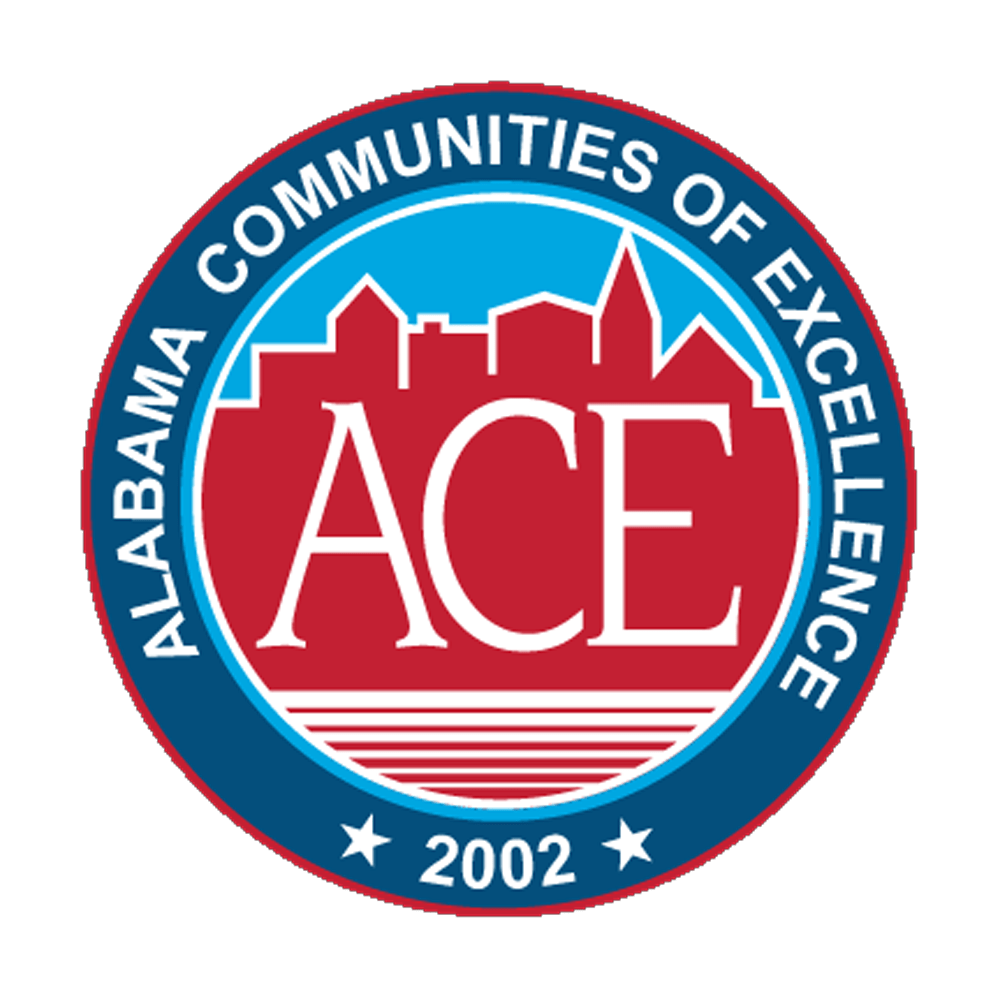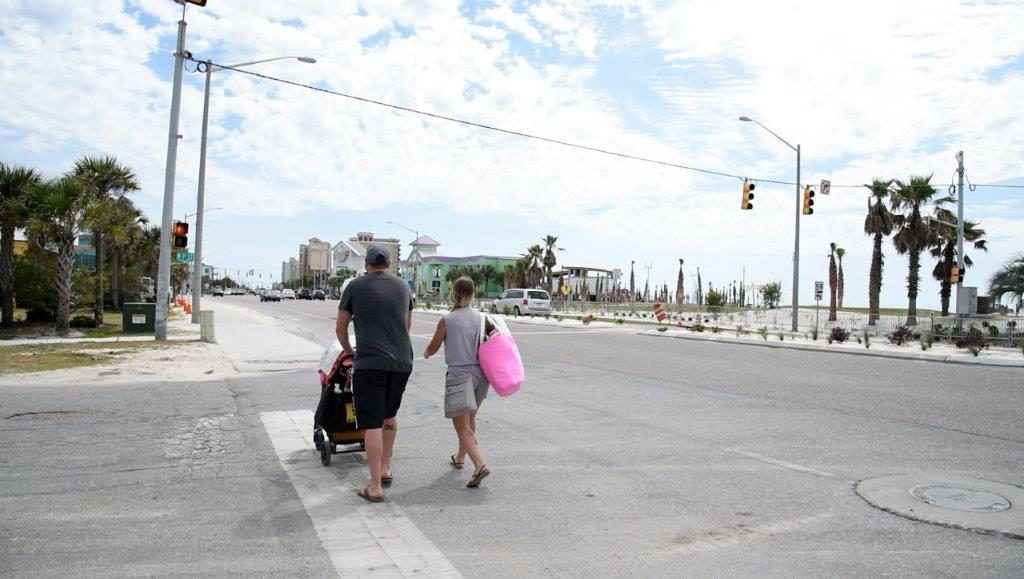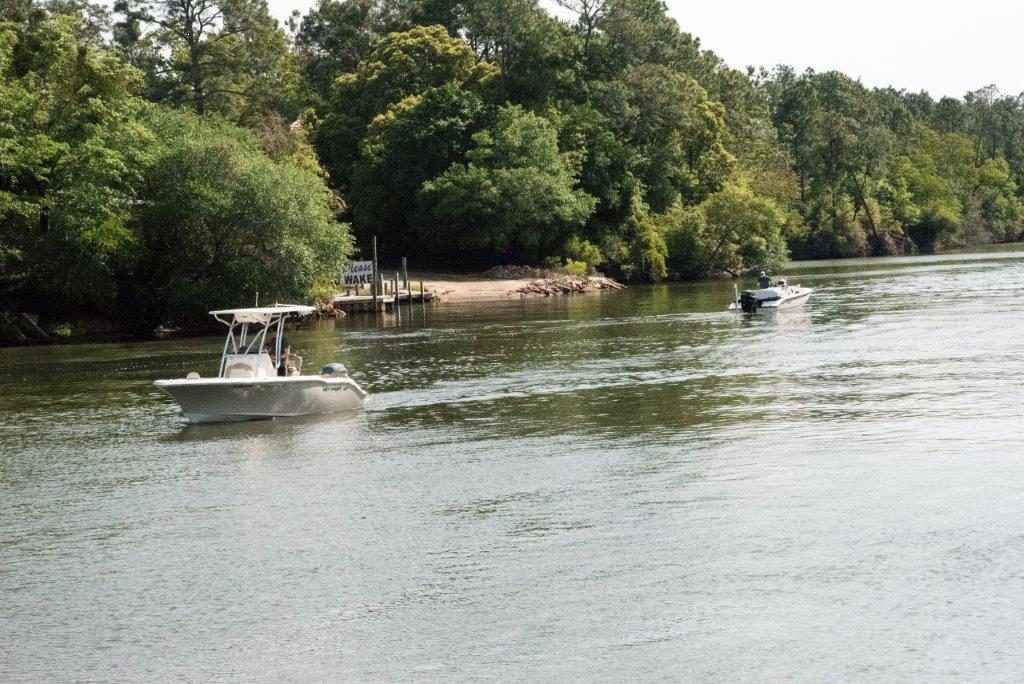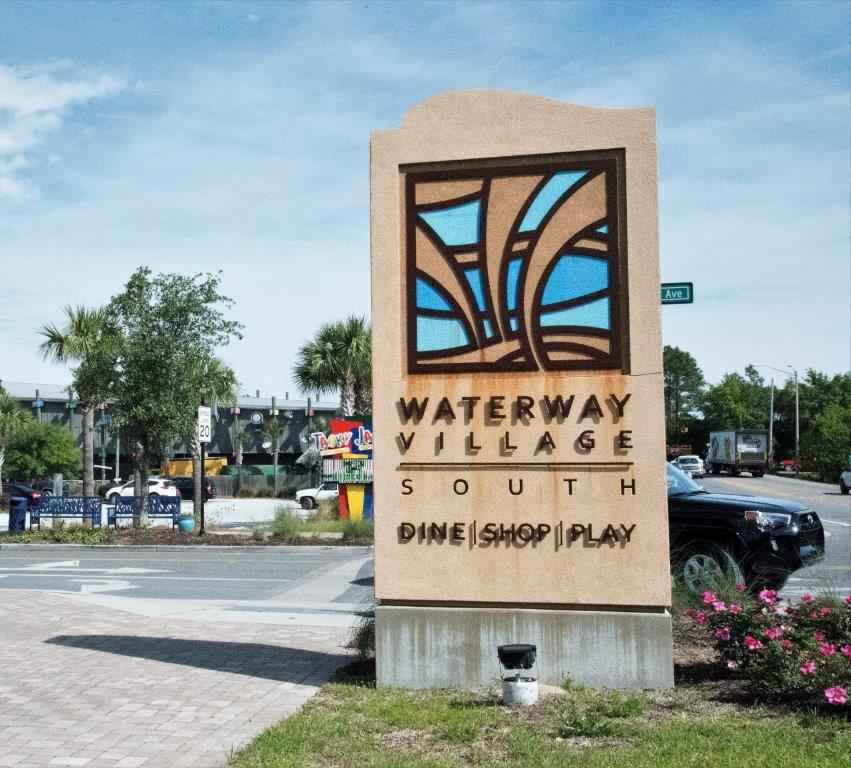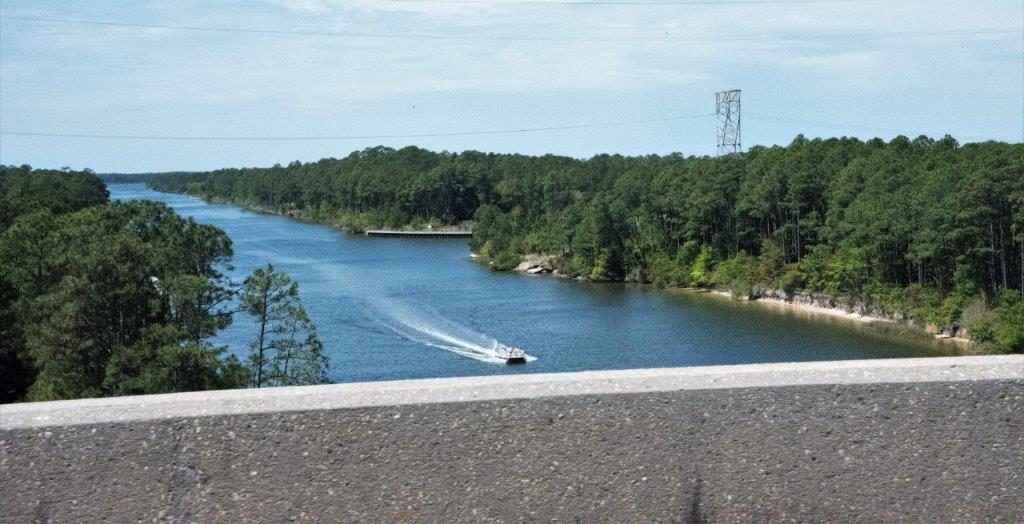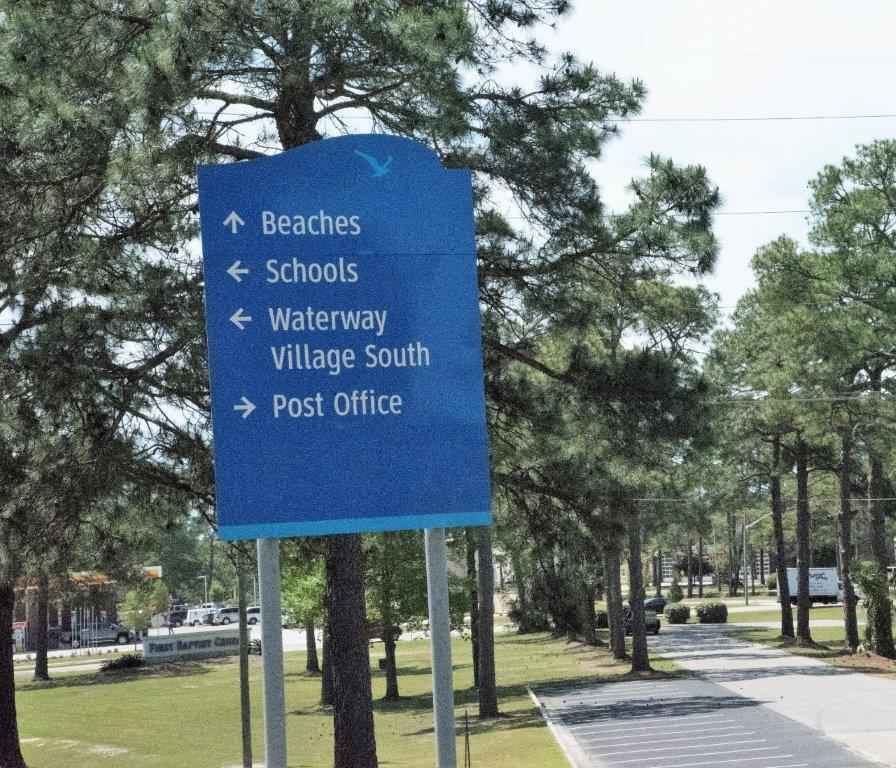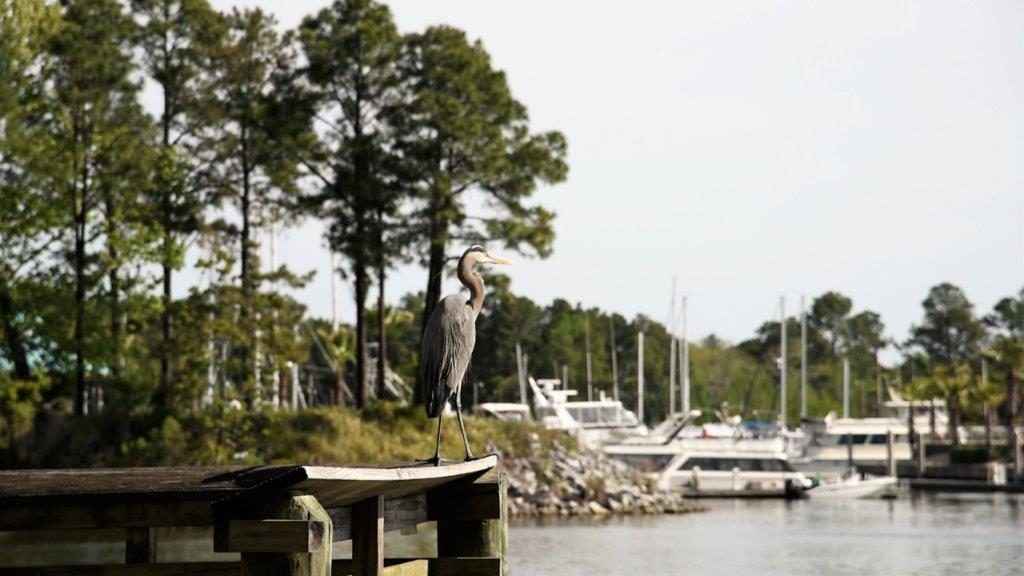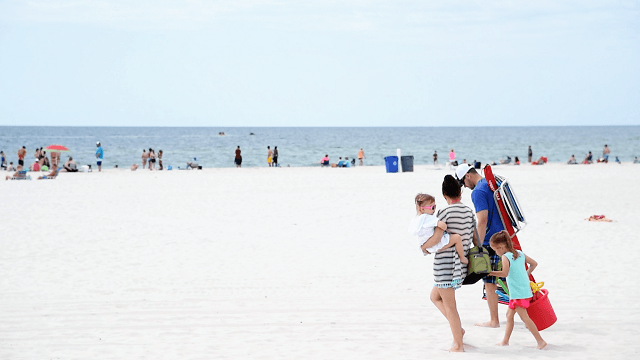
Given enough time – decades if not centuries – the steady combination of waves and wind will change the appearance of any coastal community. The city of Gulf Shores decided to escalate that process, and has undergone a major transformation in less than five years.
Following the 2010 BP oil spill, Gulf Shores officials concluded that they needed to diversify the city’s economy, create new opportunities for residents and give the entire area an extensive facelift. In 2014, with assistance from the Alabama Communities of Excellence program, the city adopted the Vision 2025 plan, which identified areas of focus for “the growth of Gulf Shores.”
“Working with ACE made us realize that we needed a better strategic plan, particularly after the oil spill,” Gulf Shores Mayor Robert Craft said. “It drove home the lack of economic diversity and the weaknesses in our economy.
“With Vision 2025 we asked, ‘What’s not here that needs to be here? What would make us a better year-round, more sustainable community?’ ACE opened the door to help us understand that we needed a well-thought-out strategic plan to cure some of these weaknesses. That got us started in the right direction.”
Four years later, the look and feel of Gulf Shores is dramatically different. The city’s public beach has undergone widespread renovation, while a retail-and-entertainment district – Waterway Village – is being established about 3 miles from the coast. Bike paths and wider sidewalks make the city more pedestrian-friendly. A new 25-acre zoo is under construction, and picturesque Gulf State Park is in the midst of a $140 million enhancement.
Vision 2025 includes plans to expand medical care, part of an attempt to attract more families and retirees to the city. In perhaps the most significant change of all, Gulf Shores is forming its own city school system, set to begin with the 2019-20 academic year.
With the overall Baldwin County School System serving more than 30,000 students, Gulf Shores Board of Education President Kevin Corcoran said city residents wanted their children to have more “individualized attention.” He said the transition to a city school system was “a citizen-led initiative, and those are the very best kind. Nothing else can provide a better future for our local residents than education.”
Education initiatives in Gulf Shores begin in elementary school with the Leader in Me program, which empowers students with leadership and life skills, and continues through high school with the Leadership in Training program, a series of monthly classes coordinated by the Coastal Alabama Business Chamber.
Gulf Shores High offers 10 career academies, allowing students to gear their classes toward a specific path, and works in conjunction with Coastal Alabama Community College to provide dual enrollment, enabling students to gain college credits.
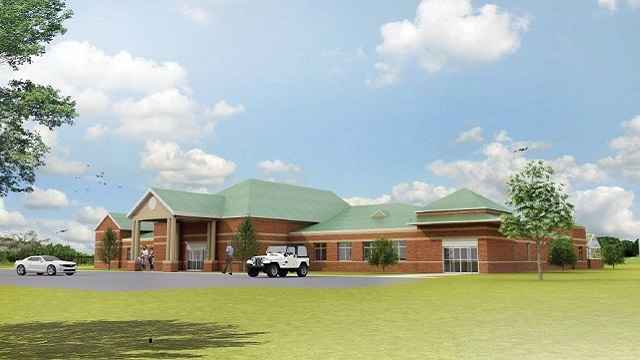
The city is pursuing higher education opportunities as well. The first step is the construction of the 24,000-square-foot Auburn University Educational Complex, which will be used primarily by the school’s College of Veterinary Medicine.
“Instead of taking animals to Auburn for new surgical techniques and having our local vets go to Auburn for training, they can do all that here,” Craft said. “South Alabama and the University of Alabama are also both interested in setting up a location here to broaden their educational impact and enhance the community.”
A different form of education will soon be available in Gulf Shores with the establishment of the Cousteau Center, an eco-tourism and environmental program that Craft described as an oceanic version of Huntsville’s Space Camp.
“The environment is the most important thing we have in Gulf Shores, and we want to teach our future generations how to protect it,” Craft said. “So an important part of our strategic plan is to create a better understanding of this fragile environment that we have, and how to keep it special.”
That special environment is what makes Gulf Shores a popular tourist destination, and catering to those visitors remains an important element of the Vision 2025 plan. For example, the city has spent more than $15 million the past two years redeveloping the public beachfront, along with adjacent road improvements.
Changes include a 20-foot-wide concrete boardwalk that runs the entire half-mile length of the public beach (with several shaded areas along the way); improved handicapped access to the beach; new benches, bike racks, restrooms and trash cans; a green space with a small amphitheater; and a safety building that houses fire-and-rescue operations.
Changes include a 20-foot-wide concrete boardwalk that runs the entire half-mile length of the public beach (with several shaded areas along the way); improved handicapped access to the beach; new benches, bike racks, restrooms and trash cans; a green space with a small amphitheater; and a safety building that houses fire-and-rescue operations.
“The beach is our most important asset and resource, and we felt like it was a good time to give it a facelift,” Gulf Shores Environmental & Grants Coordinator Dan Bond said. “The whole idea is to make it a safer and better environment for people to come and enjoy the beach.”
The changes nearly doubled the size of usable beach space, which Craft said will enhance the city’s festivals and special events. The long-running Gulf Shores Shrimp Festival will be held in October for the 47th time, while the newer Hangout Music Festival attracts national acts and 40,000 people every June. In 2017, the city began hosting the NCAA Beach Volleyball Championships, an event scheduled to return to Gulf Shores each May through 2022.
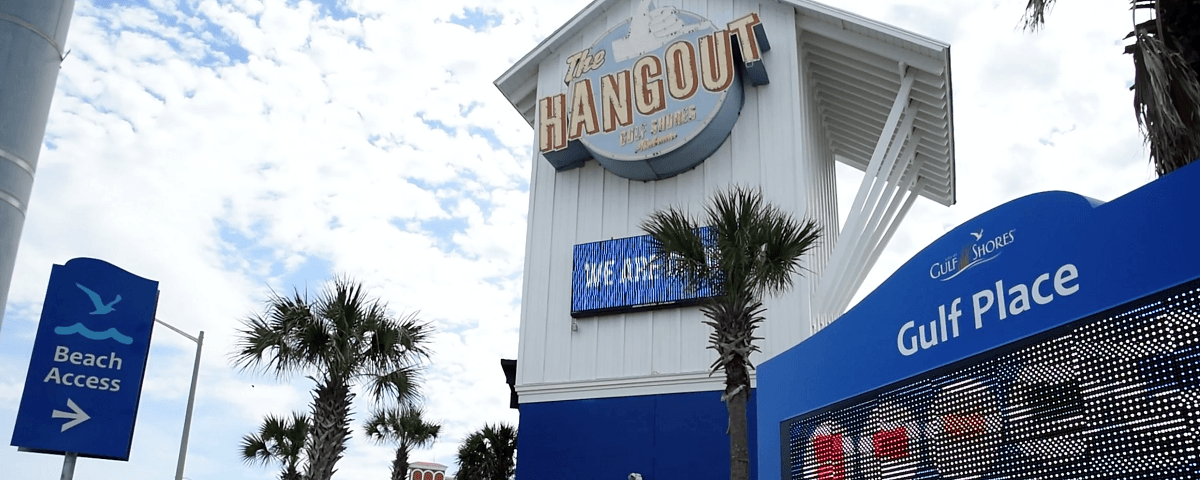
“Those events are all special, but for different reasons,” Craft said. “The Shrimp Festival is kind of our end-of-year celebration geared more toward the local community, while Hangout is an extraordinary tourist-driven economic stimulus. Folks come here for Hangout from all over the United States and a number of foreign countries, so we’re able to introduce our world to a new group of visitors.
“Then the addition of the NCAA Volleyball Championships is an exposure event. We don’t bring that many people to town – about 3,000 per day – but we are broadcast nationally on ESPN for three days. That lets us show our beautiful beaches to a whole different group of people.”
More major changes are taking place a few sandy steps away at Gulf Shores Park, which went largely dormant after sustaining serious damage from Hurricane Ivan in 2004. The University of Alabama System and the Alabama Department of Conservation have worked together on a renovation project that includes dune restoration and trail enhancement.
A $7 million Interpretive Center featuring interactive exhibits about the park’s environmental attractions opened in May, along with a pedestrian bridge over busy East Beach Boulevard, providing easy access to the off-beach trail system within the 6,150-acre park. That will be followed by the opening of a new conference center and 350-room Hilton Hotel by the end of this year.
“We’ve had a gap in the state park from a tourism opportunity, and for bringing conventions and conferences to town, because there was no place to hold large meetings,” Craft said. “Meetings can be held all year round, so having the conference center will lengthen and strengthen our tourist season.”
To create attractions beyond the beach, Gulf Shores has used funds from the BP oil spill settlement toward developing Waterway Village, a retail-and-entertainment complex stretching along both sides of the Gulf Intracoastal Waterway. Located between the city’s two largest residential areas, Waterway Village is aimed at appealing to locals and tourists.
“We want to transform this area into more of a traditional downtown that is pedestrian-friendly and supports our local businesses,” said Andy Bauer, Gulf Shores director of Planning & Zoning. “Our goal is to make this a thriving part of the community, where it’s a nice gathering point for the citizens of Gulf Shores, as well as a tourist draw.
“Gulf Shores is a tourist community, but a lot of what we’re trying to accomplish with the Vision 2025 plan is for our residents. The tourists are here for a week or weekend at a time. Our residents are here all year. Obviously, tourists will always be very important to us, but we also want our residents to enjoy the beautiful area we live in.”
